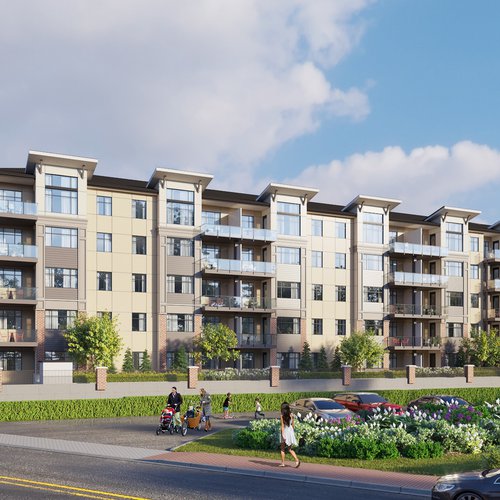Jan. 5, 2024
tags : categories: 3D Rendering , Exterior Rendering , Property Development , Commercial Rendering , 3D Siteplans
Aerial rendering in architecture has become an indispensable tool in the field. It provides a bird's eye view of buildings and landscapes, offering unique perspectives that ground-level renderings cannot. Employing aerial rendering in architectural projects brings numerous advantages to architects, developers, and clients. Below are ten significant benefits of using this technique:
1. Comprehensive Project Overview
Aerial rendering offers a comprehensive overview of an entire project, including its architecture, landscaping, and surrounding environment. This holistic view is particularly beneficial for large-scale projects, where understanding the relationship between different elements is crucial.
2. Enhanced Presentation and Marketing
Aerial renders are highly effective for marketing and presentation purposes. They provide potential clients or investors with a clear and impressive image of the project, showcasing its scale and scope in a single, compelling visual. This can be particularly impactful in sales brochures, project pitches, and digital marketing campaigns.
3. Improved Planning and Design:
Aerial renderings aid in better planning and design by offering a top-down perspective. This view is invaluable in assessing the spatial arrangement of buildings, the flow of traffic, pedestrian pathways, and the integration of green spaces, ensuring a well-thought-out urban design.
4. Visualization of Contextual Relationships:
Understanding a building’s relationship with its surroundings is critical in architectural design. Aerial rendering provides a clear view of how a structure fits into its existing or proposed environment, including its relationship with neighbouring buildings, natural landscapes, and urban infrastructure.
5. Effective Communication with Stakeholders:
Communicating the scope and impact of a project to stakeholders, including clients, investors, and community members, can be challenging. Aerial renderings present a clear and understandable depiction of the project, facilitating more effective communication and helping to build consensus or gain approvals.
6. Impactful Urban and Landscape Planning:
In urban and landscape planning, aerial renderings are particularly impactful. They allow planners and architects to visualize and present ideas on how spaces can be utilized and transformed, considering factors like environmental impact, urban density, and community spaces.
7. Efficient Land-Use Analysis:
Aerial rendering assists in efficient land-use analysis, providing a bird's eye view of the available space and its potential uses. This perspective is crucial for making informed decisions about building placement, landscaping, and the allocation of outdoor amenities.
8. Showcasing Connectivity and Accessibility:
For projects where connectivity and accessibility are key, aerial renderings vividly demonstrate how a development connects with transportation networks, nearby facilities, and other infrastructure. This can be crucial for projects such as residential developments, commercial complexes, and mixed-use communities.
9. Simulating Environmental Impact:
Aerial rendering can simulate the environmental impact of a project, including shadow studies, wind flow patterns, and the integration of sustainable features like green roofs and solar panels. This assists in creating environmentally responsible designs and can be critical in obtaining green building certifications.
10. Strategic Decision-Making and Problem-Solving:
Aerial renderings aid in strategic decision-making and problem-solving during the design and planning phases. They provide architects and developers with a different perspective, helping to identify potential issues and opportunities early in the process, which can lead to more informed and strategic decisions.
Conclusion
Aerial rendering in architecture is more than just an impressive visual tool; it is a comprehensive approach that enhances every phase of architectural development, from conceptualization and design to marketing and stakeholder communication. As technology continues to advance, the use of aerial rendering will likely become even more prevalent, offering architects and planners new and innovative ways to envision and present their projects.










